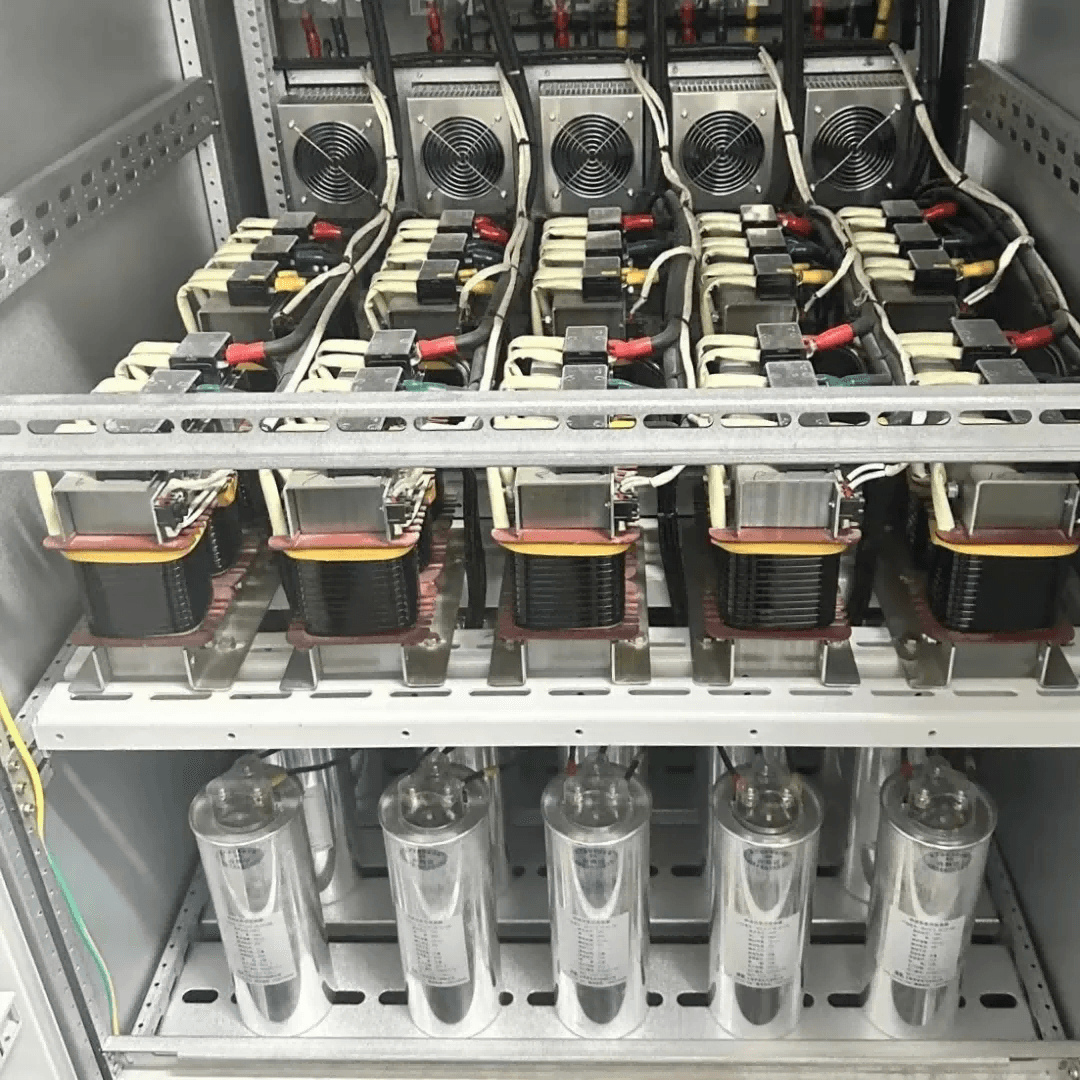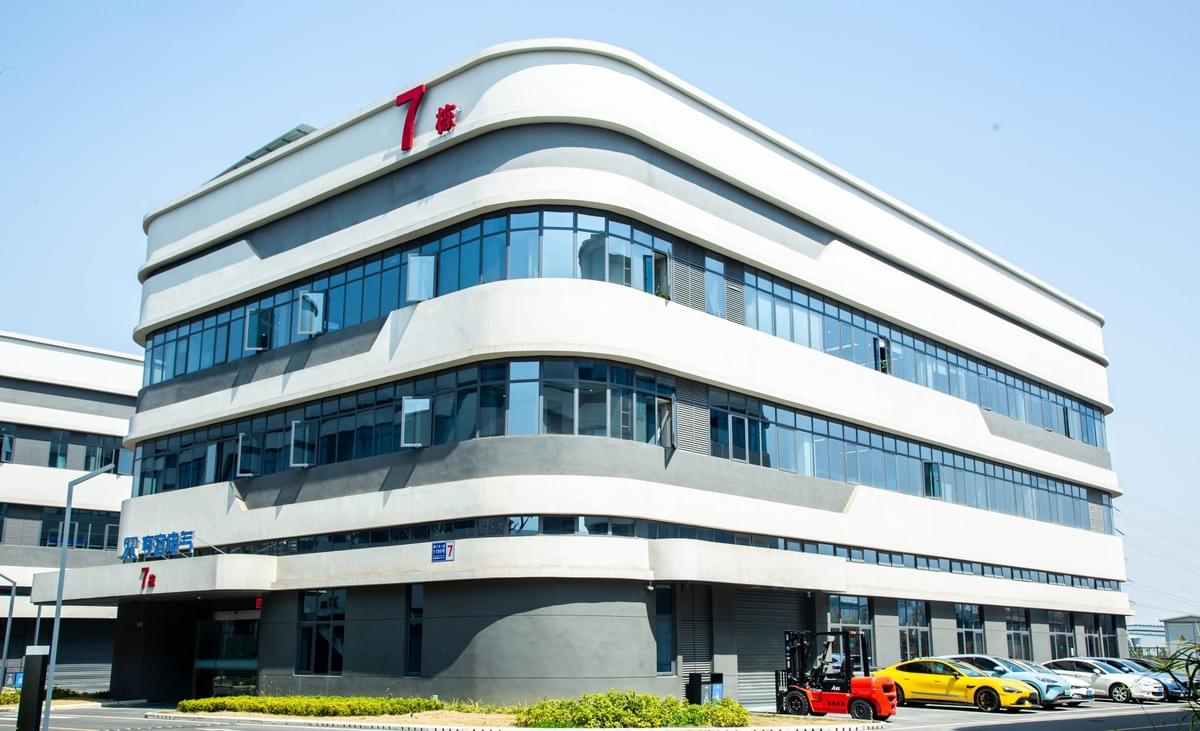
In the process of the power system transforming towards high efficiency and low carbon, reactors, as core primary equipment, undertake key responsibilities such as limiting short-circuit current, suppressing harmonics, and reactive power compensation. Their safe and stable operation is directly related to grid efficiency and the advancement of carbon neutrality goals. Dry-type air-core reactors are widely used in various power scenarios due to their compact structure and good heat dissipation, but frequent inter-turn short-circuit faults have become a prominent problem restricting their reliability. Especially since early fault characteristics are not obvious, coupled with the impact of harmonic voltage fluctuations in the power system, traditional diagnostic methods are difficult to accurately identify, which may easily lead to serious consequences such as equipment burnout and grid outages, affecting power factor correction effects and low-carbon power supply stability. Combining the latest technical research, this article details the early fault diagnosis scheme for dry-type air-core reactors considering harmonic voltages, helping the power industry improve equipment operation and maintenance levels and consolidate the foundation for carbon neutrality.
Reactor Operation and Maintenance Pain Points: Difficult Early Fault Identification and Harmonic Interference Obstacles

Technological Breakthrough: Targeted Diagnostic Schemes to Unlock the Code for Early Reactor Fault Identification

Series Reactors: Current Harmonic Ratio Diagnosis Method to Eliminate Harmonic Interference

Parallel Reactors: Active Power Ratio Diagnosis Method for Stable Fault Identification
Practical Value: Empowering Low-Carbon Operation and Maintenance to Help Reactors Support Carbon Neutrality

Conclusion: Reactor Technological Innovation Drives Low-Carbon Transformation of the Power Industry


At Hengrong Electrical, we understand that every detail in power control matters. From advanced product design to innovative filtering solutions, we are committed to delivering reliable, efficient, and future-ready technologies. By choosing Hengrong, you gain more than just products — you gain a trusted partner dedicated to helping your business achieve smarter, safer, and greener operations.
